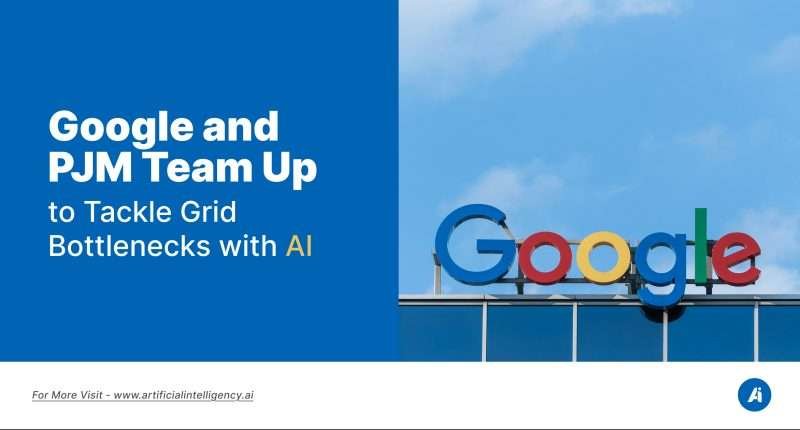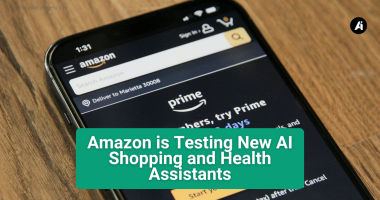In a world increasingly dependent on digital infrastructure and sustainable energy, one challenge remains constant: how do we connect new sources of power to the grid fast enough to meet rising demand? As data centers multiply to support advanced AI technologies—and as traditional energy sources phase out—the race is on to modernize our aging grid. Now, a bold new partnership between Google and PJM Interconnection could offer a path forward.
Google, under its parent company Alphabet Inc., is partnering with PJM—the largest power grid operator in North America—to introduce artificial intelligence (AI) tools that aim to speed up how new energy projects connect to the grid. This initiative marks the first large-scale use of AI to manage the complex and often sluggish interconnection process.
Why Is This Collaboration Important?
Electricity demand is surging, thanks in large part to the rapid expansion of AI-powered data centers. Yet at the same time, the U.S. faces historic delays in bringing new energy sources like wind, solar, and natural gas online. These delays contribute to regional energy shortages, higher utility bills, and increased risks of blackouts.
The current process for approving and connecting new energy sources is highly manual and labor-intensive, requiring grid planners to review each project one by one. This bottleneck has become one of the biggest barriers to building a more flexible, low-carbon energy system.
How Will Google Use AI to Help?
With support from Alphabet-backed Tapestry, Google is deploying AI to automate key steps in the grid connection process. The goal is to reduce delays by helping PJM planners evaluate interconnection applications more quickly and accurately.
“This is about automating a lot of what’s currently done by hand,” said Page Crahan, General Manager at Tapestry. The first wave of AI tools is expected to launch in 2025 and will be gradually phased in over time.
Initially, the technology will be used to determine whether proposed projects are viable for grid connection. In the long term, more advanced models will support scenario planning and capacity forecasting, giving planners a clearer picture of what the grid can handle.
A Smarter Grid, Inspired by Google Maps
One of the more visionary aspects of this partnership is the creation of a digital model of the PJM grid—essentially a “Google Maps for energy infrastructure.” This platform will allow planners to toggle data layers, view real-time conditions, and analyze grid performance from multiple perspectives.
By centralizing this information, the tool aims to improve decision-making, uncover efficiencies, and ultimately speed up the deployment of cleaner energy.
What’s Next?
The full impact of Google and PJM’s collaboration will take time to evaluate. Aftab Khan, PJM’s Executive Vice President of Operations, Planning, and Security, said it’s still too early to predict how much the new tools will accelerate interconnection timelines.
Still, the project represents a major shift in how utilities and tech companies can work together to solve critical energy challenges. If successful, it could set a precedent for other regions looking to modernize their grids and meet the energy demands of a rapidly evolving digital economy.





